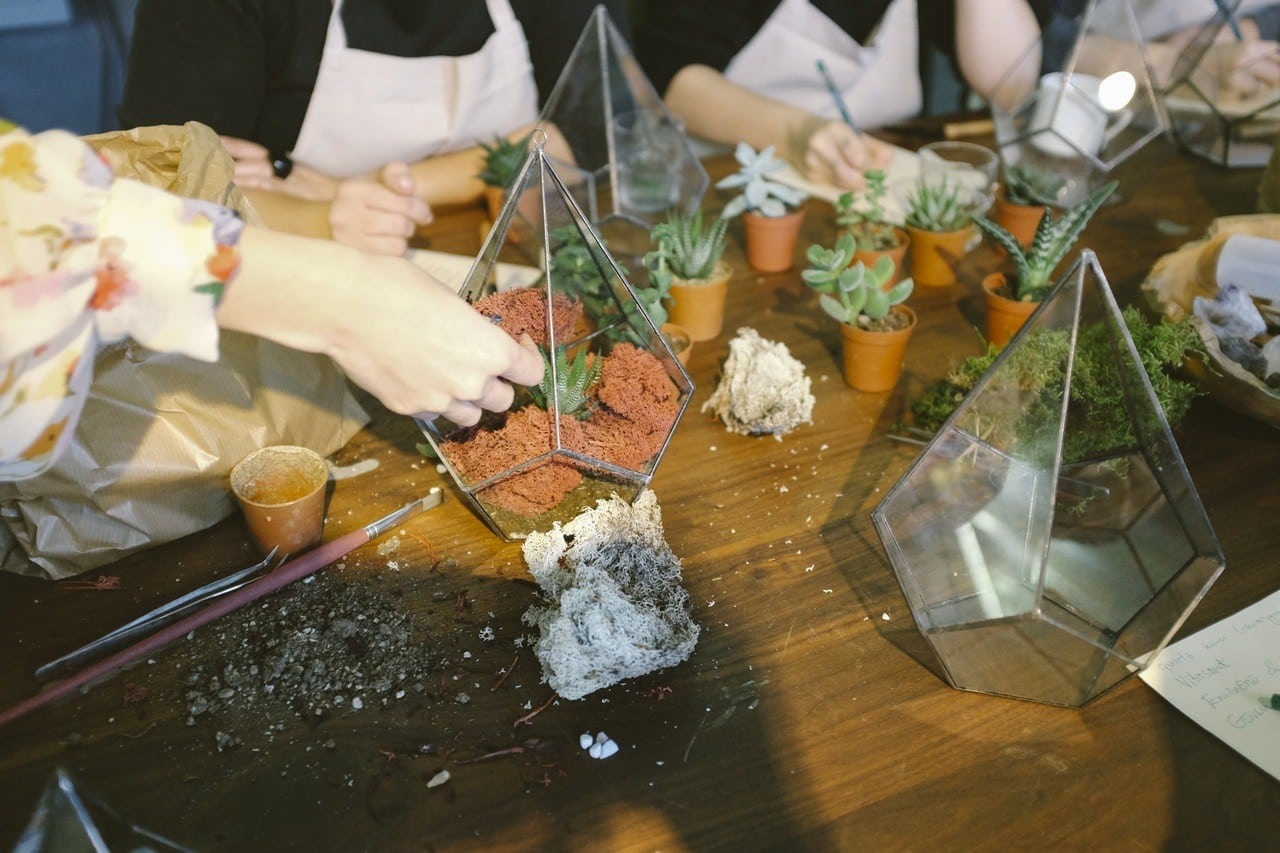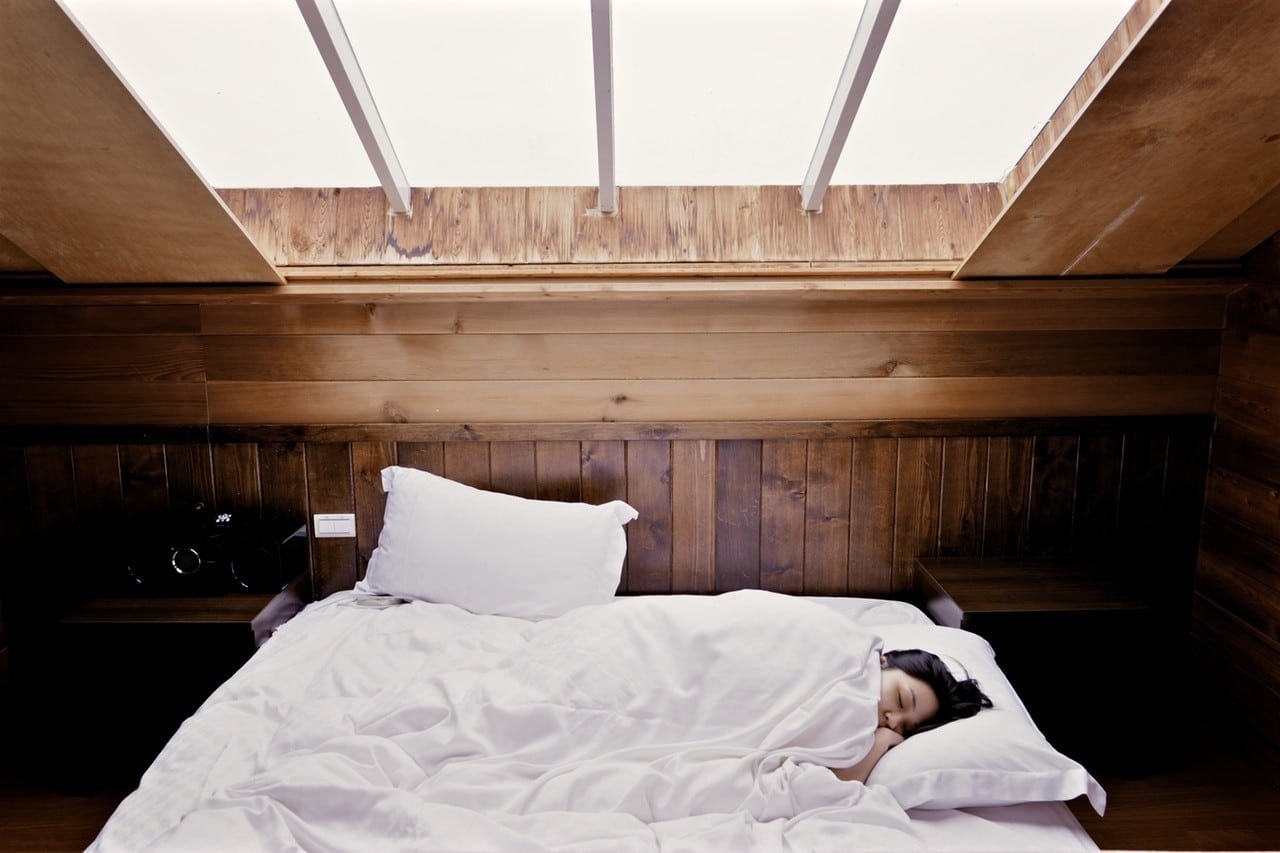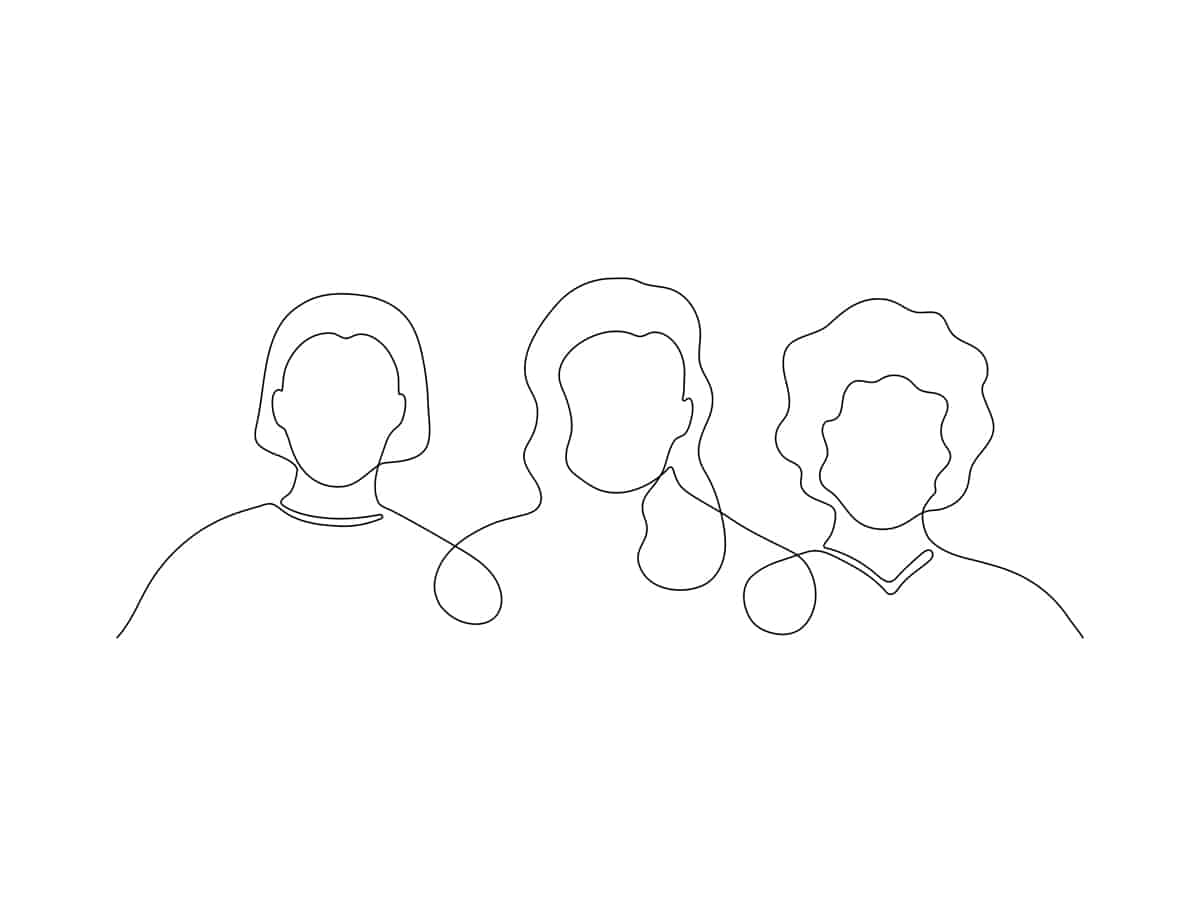En la gran mayoría del continente norteamericano, hay cuatro estaciones meteorológicas definitivas: primavera, verano, otoño e invierno. Aunque generalmente reciben estos nombres más tradicionales, a mí me gusta llamarlas Solaz, Verano, Echo de Menos el Verano y Horrible Depresión.
Muchas personasque aumentan en número cuanto más lejos del ecuador viven, se ponen tristes durante esta época fría del año. ¿Por qué? Disminuyen las horas que pasamos bajo la luz del sol, nuestra movilidad se ve limitada (lo que nos obliga a depender de los pésimos sistemas de transporte metropolitanos en lugar de nuestros pies o nuestras bicicletas), y nuestra motivación para hacer cualquier cosa -incluso algo tan sencillo como hacer la compra o bañarnos- empieza a desvanecerse.
El Trastorno Afectivo Estacional (o, más apropiadamente, TAE), altera la vida de cerca de 6% de los estadounidenses cada año. Algunas estimaciones sugieren que entre el 10 y el 20% de la población padece una forma leve de TAE. Los creativos pueden ser especialmente susceptibles, dado que nuestro trabajo requiere a menudo largas jornadas y flexibilidad, junto con una gran dosis de incertidumbre. Trabajar como creativo puede ser duro incluso cuando hace un tiempo estupendo, por no hablar de cuando hace -4°F fuera.
¿Qué podemos hacer para prepararnos para el duro invierno que se avecina? Como profesional creativa a punto de embarcarse en la estación fría, me dirigí a mis colegas creativos para saber cómo afrontan la tristeza invernal. He aquí sus sugerencias.

1. Toma tus suplementos.
Ya sea B12 para el estrés, melatonina para el sueño, 5HTP (que activa los reactores de serotonina y melatonina de tu cerebro), Omega-3 (que es bueno para la salud cerebral y el metabolismo), o gotas de vitamina D para compensar la falta de sol que estás tomando, es importante que te asegures de que estás tomando las vitaminas adecuadas cuando hace frío para compensar la reducción de la exposición al sol y el ejercicio.

2. Bebe té.
Al igual que los suplementos, los tés negro, amarillo, blanco, verde y rojo contienen el aminoácido L-teanina, que la investigación ha demostrado templa los pensamientos ansiosos. El té verde matcha contiene una dosis especialmente grande, que ofrece una energía concentrada similar a la cafeína sin los nervios. Yo lo bebo en vez de café.

3. Consigue una lámpara de fototerapia.
Muchos de mis amigos creativos lo recomiendan, insistiendo en que marca la diferencia durante los meses de invierno. Hay muchas opciones asequibles en Amazonpero considera la posibilidad de hacerte con uno del colectivo artístico Etsy Casa de producción UV para que puedas hacer arte mientras saludas.

4. Come bien.
Cuando estás encerrado en casa y fuera hace frío, no hay nada mejor que cocinar y hornear. Intenta incluir tantos alimentos verdes como puedas, si tienes acceso a ellos. Es un buen momento para hacer un millón de sopas. Haz estas galletas. Son los mejores.

5. Pasa el rato con animales.
Recientes investigación sugiere que el dolor de la enfermedad mental disminuye cuando tienes una mascota. Si no puedes tener uno o no lo tienes, busca un amigo que lo tenga. También puedes visitar los refugios de animales locales sólo para saludar.

6. Ejercítate.
Sé que esto parece obvio, pero el ejercicio libera endorfinas, lo que hace que la gente se sienta tranquila y feliz, al tiempo que aumenta su confianza. Además, tu planteamiento no tiene por qué ser lujoso ni caro. Hazlo en YouTube yoga. Haz un buen lista de reproducciónponte un abrigo y unas buenas botas y vete andando al trabajo.

7. Abrígate bien.
De nuevo, esto parece obvio, pero cuando hace frío, vístete adecuadamente. Los vaqueros forrados de franela, las chaquetas rellenas de plumón, las botas cómodas y calientes, y el combo gorro/bufanda/guantes son necesarios. Hazte también con una manta caliente para la cama.

8. Crea rituales que hagan que tus días sean especiales.
Date dos horas para levantarte en vez de una, y tómate un buen café por la mañana. Compra una buena crema facial. Ve a un balneario querido una vez al mes y aprovecha la sauna o la sala de vapor. Date un tratamiento de spa en casa todos los domingos, que debería incluir una exfoliación de la cabeza a los pies. Haz mascarillas caseras mezclando lo que tengas por ahí. A mí me gusta el aceite de aguacate, la miel y el agua de rosas.

9. Mantén limpia tu casa.
Aunque te tiente ponerte directamente a ver Netflix cuando vuelves rodando a casa desde el estudio, intenta obligarte a dedicar 20 minutos al día a ordenar y limpiar.

10. Sé creativo.
Haz un proyecto asociado a tu tristeza.

11. Prueba algo raro.
Muchos de los creativos con los que hablé dijeron que les resultaban útiles distintas formas de terapia, desde la acupuntura hasta las cámaras de privación sensorial o las camas de bronceado con fototerapia. Hacer algo que nunca has hecho antes es bueno para la memoriaasí que coge a un amigo o familiar y probad algo nuevo.

12. Voluntario/a.
Según muchos investigaciónayudar a los demás es una de las mejores formas de evitar la depresión y la soledad. El aspecto social del voluntariado te hace sentir conectado, y el altruismo genera confianza. Aunque no puedas ser voluntario físicamente, considera la posibilidad de prestar apoyo a organizaciones benéficas en función de tus habilidades, ya que muchas necesitan ayuda con las redes sociales o las relaciones públicas.

13. Hazte responsable de hacerte sentir mejor.
Considera la posibilidad de implicar a tus amigos o familiares en tu salud invernal, animándoles a que te acompañen en tus esfuerzos y te controlen. Sin embargo, asegúrate de seguir siendo amable contigo mismo aunque canceles tus planes.

14. Di no al trabajo, si puedes.
Aunque todos sabemos que el futuro económico parece incierto, si puedes descargarte un poco de tu carga de trabajo, inténtalo. No trabajes gratis. Date días libres completos. Te los mereces.

15. Considera la posibilidad de dejar de beber.
Aunque es divertido, el alcohol puede tener importantes efectos psicológicos cuando ya estás deprimido. Beber puede parecer que te levanta el ánimo, pero en realidad puede exacerbar sentimientos de tristeza. Muchos tienden a recurrir a sus bebidas y drogas favoritas como forma de automedicarse, creando un ciclo perpetuo de altibajos. Considera la posibilidad de reducir tu consumo.

16. Habla con tu médico o terapeuta.
Si sientes los síntomas de la depresión (disminución de la energía, fatiga, sentimientos de ansiedad y desesperación, evitación de situaciones sociales, pensamientos suicidas), es una buena idea acudir a tu médico o terapeuta para asegurarte de que estás sano. Si tienes pensamientos suicidas, llama al centro de crisis de tu localidad para pedir ayuda. Encuentra uno aquí.












